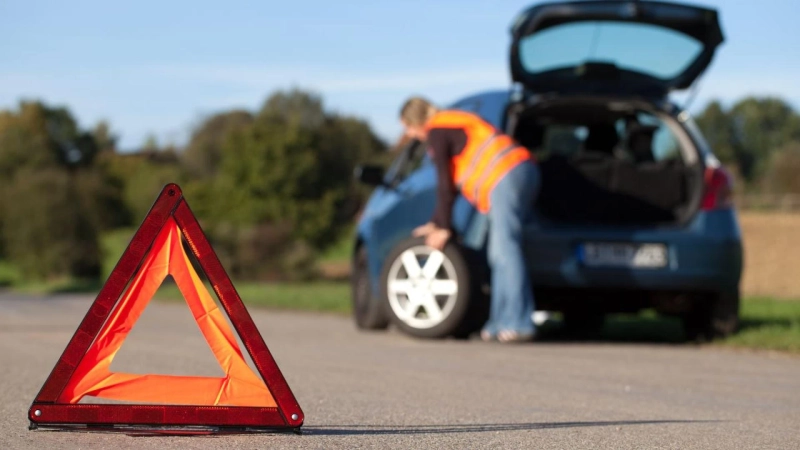In using tire size calculator, please remember that it is not designed to consider your specific car. When choosing a tire size, keep your vehicle's physical needs and parameters in mind.
When tire sizes change on cars, what happens?
This may need some clarification for you when buying new tires. If the rim and wheel sizes remain the same, changing the tire sizes by calculating with tire size calculator would mean changing the aspect ratio and the tire width. Your vehicle's driving dynamics are affected by these two factors. Reducing rubber in the tire provides a firmer ride and improved handling characteristics if the aspect ratio or sidewall height is reduced. A similar effect is achieved by increasing the tire width. Nevertheless, wider tires tend to hydroplane, which limits their traction capabilities in rain and snow. As a result, you get a harsher ride quality.
A change in wheel diameter should always accompany changes in tire sidewall height. When the wheel diameter isn't adjusted with the tire sidewall height, the overall tire diameter will either increase or decrease from what it was originally. As well as causing speedometer inaccuracies, changing the tire diameter will affect other tire-dependent systems such as ABS, traction control, and stability control. Tire diameters and wheel widths are interdependent. As a result, you can only change the tire width by a maximum of 20 mm without changing the wheel size. If you wish to change the wheel size beyond that, you must also change the tires.
Why are wider tires better for the car?
The wider the tires, the better the traction. This may be a differentiator for a vehicle designed for performance. However, are wider tires better for commuter vehicles? The increased traction is great, but some things could be more pleasant. You're more likely to experience trampolining or nibbling when running tires wider than stock. As a result, wider tires tend to follow grooves and ridges on the road or contours of the road without the driver being conscious of it. With an increased contact patch, steering effort is also significantly increased. And these calculations can be made easily at AllCalculator.net’s tire size calculator.
Wider tires have higher unsprung mass, which results in a higher rolling resistance and lowers fuel economy. Wider tires could be more efficient on drenched or snow-covered roads. The wider and more horizontal contact patch prevents the tires from effectively expelling water or snow and makes them prone to hydroplaning. Wider tires are, therefore, best for larger and racing-oriented vehicles. Therefore, it's best to stick to the factory tire width unless your car has a ton of horsepower under its hood.
What Is the Effect of Different Tire Sizes?
Most of the time, your vehicle will function without inconsistencies, whether a rear-wheel or front-wheel drive vehicle, because the suspension geometry remains unchanged until the front tires match the rear tires. In a two-wheel-drive vehicle, having different tire sizes at the front and the rear can be tolerated, but it can cause serious problems in a four-wheel-drive vehicle. Find out the right size with tire size calculator.
You might damage the differential if it is not designed for it. As a result, if you have a punctured tire, you are not permitted to drive over 80 kilometers per hour on a space saver wheel to replace it. Inconsistencies result from mounting on a spare wheel, resulting in the vehicle pulling to one side, making it difficult to handle. Due to this inconsistency, it is not advisable to drive at high speeds because it pulls to one side.
When you downsize the car tires, what happens?
A low-profile tire, meaning a tire with a low aspect ratio, is not often seen on a normal passenger car. These shoes are designed to deliver high levels of performance. Heavy-duty trucks and off-road vehicles are mainly equipped with high-profile tires. Even though suspension can absorb most road shocks due to vehicle-road interactions, tires also have a fair share of absorbing road shocks.
In addition to the lower stance low profile tires provide, there is another benefit you would benefit from. A lower profile tire provides a lower stance often desired by auto enthusiasts. When driving in a normal setting, you would not be pushing your vehicle to its limits, so the ride becomes very harsh. This lower profile creates a low sidewall flex, which makes them so stable while cornering and at high speeds. Henceforth, use our s tire size calculator to find out the perfect tire fit for your vehicle.


